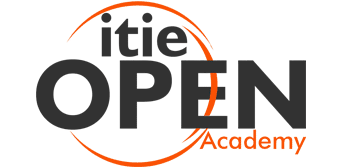
Abstract
Mathematical Modeling or Model Based Design (MBD) – The course deals with how to develop mathematical model from a Physical system. This involves, learning control system concepts, mathematical background to understand applications. For Ex: How to optimize the performance of suspension system. In this case, we need to develop a mathematical model of a Suspension system by considering the different forces acting on the system when it hits the road humps or path holes. Using the knowledge of control system, kinematics & mathematics we develop a model. Similarly, we take different cases from electrical, mechanical, automotive, aerospace domain.
Once the model is developed, we need to transfer them into software program. We make use of the Matlab®, Simulink®, Stateflow®, RTW platform, LabView to realize them in the software. Based on the response, we fine tune in the software. It involves, programming on the above said platform.
Once the ‘System’ is developed, we will be made to work on Control System platform. Closed loop systems or Linear controllers like PID.
We consider electrical, mechanical, electro mechanical, suspension system, linear actuator, locomotive train, cruise control system during the training.
Overview of the few other systems will be given from automotive & aerospace domain.
The students / Professionals should get their laptop loaded with the required software. We provide open source tools for the practice, namely Scilab, Octave during the training.
System A system exists and operates in time and space.
Model A model is a simplified representation of a system at some particular point in time or space, intended to promote understanding of the real system.
Simulation A simulation is the manipulation of a model in such a way that it operates on time or space to compress it, thus enabling one to perceive the interactions that would not otherwise be apparent because of their separation in time or space.
Mathematical Modelling The Mathematical models are developed from a physical system. It involves discussion of laws, control engineering concepts like developing transfer function for a system, analyzing the transfer function of a system. This also includes discussion on differential equations, which is required to represent a mathematical model of a system.
Ex: Automotive Suspension System, Electro-Mechanical System, Linear Actuator, Locomotive Train, Cruise Control System to name a few.
COURSE CONTENT:
This course is intended to provide training on Matlab® Simulink; an extension of MATLAB® computing environment for modeling, simulating, and analysing dynamic and linear/nonlinear systems. (Customer specific applications will be discussed).
| Introduction |
|
| Building your first Simulink model
Developing hierarchical Models |
|
| Simulink debugger |
|
| Control System Tool Box |
|
| State flow |
|
Matlab® is a registered trademark of MathWorks Inc. Any other products are their respective owners.

